Decorating with mirrors is a proven way to visually expand any room by reflecting light and creating depth. From full-length floor mirrors to strategic gallery arrangements, each placement technique leverages reflection to brighten corners, amplify natural daylight, and trick the eye into perceiving more space. Below are eight inspired article titles with concise descriptions—each informed by leading interior design sources—to guide readers in transforming their rooms with mirrors.
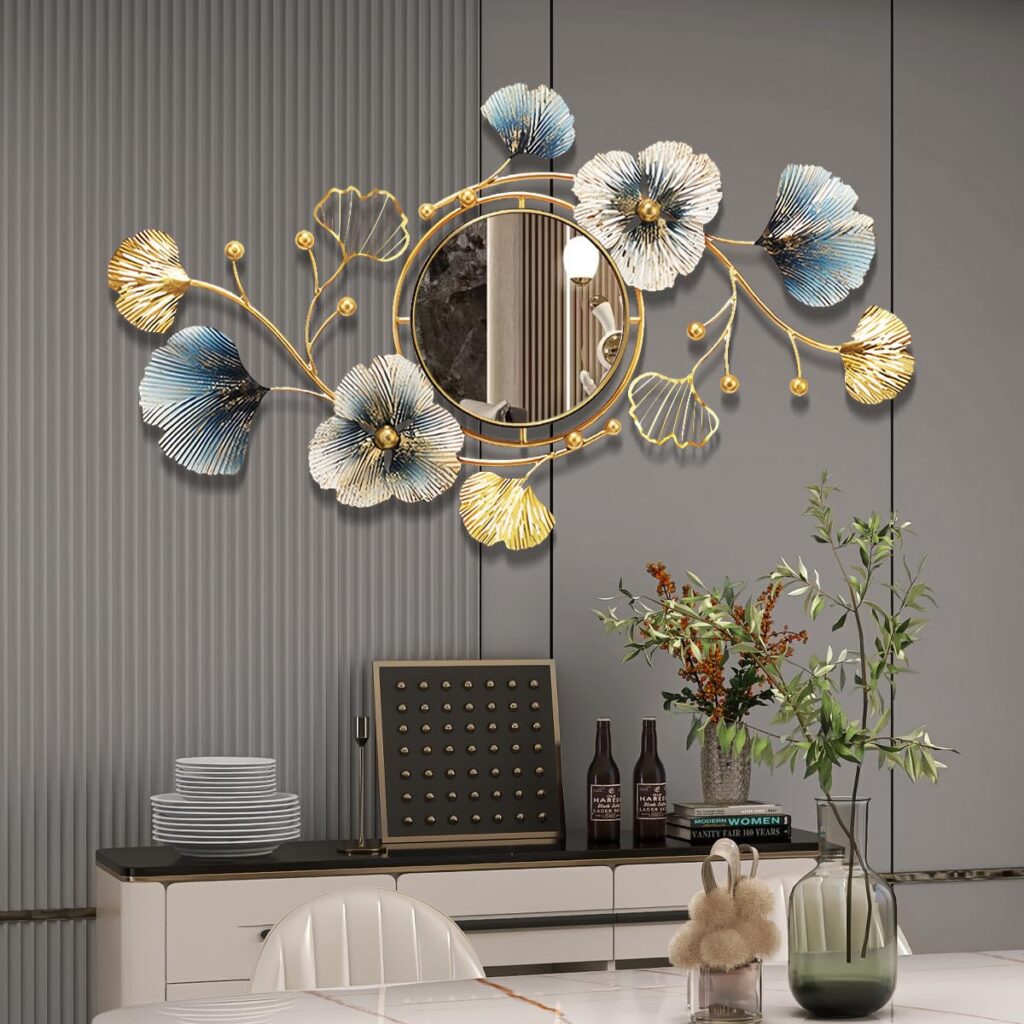
Mirror Magic: Clever Ways to Expand Small Spaces
“Mirror Magic: Clever Ways to Expand Small Spaces” offers a suite of designer-approved hacks to visually amplify cramped rooms and corridors. Hang a large mirror opposite a window to double incoming daylight and immediately brighten any dark corner. Lean a tall, full-length mirror against a wall to draw the eye upward and create the illusion of higher ceilings . For narrow hallways, arrange a row of slim, rectangular mirrors in a staggered pattern to elongate sight lines and add architectural interest . Incorporate mirrored furniture—such as console tables or cabinet doors—to subtly bounce light around lower levels while freeing up wall space for art or shelving. Finally, choose frame styles that complement your décor—ornate gilt for glamour or sleek metal for modern minimalism—to ensure your mirrors feel like intentional design elements, not afterthoughts
Brighten and Enlarge: Using Mirrors for a Spacious Look
- Harness the power of reflective surfaces by mounting mirrors on walls painted in light tones to amplify daylight and create the illusion of open space.
- Position a large mirror directly opposite a window or glass door to double incoming natural light and brighten even the darkest corners.
- Lean a full-length mirror against a wall at a slight angle to draw the eye upward, accentuating ceiling height and making rooms feel airier.
- Create a focal-point gallery wall of assorted small mirrors to break up solid surfaces and give the impression of continuous, expansive vistas.
- Incorporate mirrored furniture—such as console tables or cabinet doors—to subtly bounce light at floor level while keeping walls free for art or shelving .


Design Secrets: Making a Room Look Bigger with Mirrors
Interior design experts reveal that placing a large mirror opposite a window not only doubles incoming natural light but also creates a seamless extension of outdoor vistas, instantly making a room feel airier and more expansive. To maximize vertical space, lean a tall, narrow mirror against a wall at a slight angle, drawing the eye upward and giving the illusion of higher ceilings. For a dynamic focal point, cluster a collection of small mirrors in varied shapes and frames to break up solid walls and simulate depth beyond the room’s boundaries. Incorporating mirrored furniture—like console tables or cabinet doors—helps bounce light at lower levels while keeping walls free for art or shelving, maintaining an open feel. Finally, choose simple frames in metallic or neutral tones to ensure mirrors enhance rather than overpower the décor, striking a balance between style and spatial illusion
Maximize Your Space: Mirror Decor Ideas for Small Rooms
Maximizing space in small rooms with mirrors hinges on leveraging their reflective properties to amplify light and depth. Full-wall installations—such as mirrored closet doors or paneled walls—can nearly double the perceived square footage by bouncing light throughout the space. Strategic placement opposite windows or light sources brightens dark corners and creates seamless sightlines, making rooms feel more open and airy. Mirrored furniture, like console tables or storage chests, adds functionality while reflecting lower-level light and preserving wall space for other décor. Gallery-style groupings of varied mirror shapes break up solid surfaces and simulate expansive vistas beyond the room’s boundaries. Finally, selecting slim-framed or frameless designs in neutral or metallic finishes ensures mirrors enhance rather than overwhelm your small space
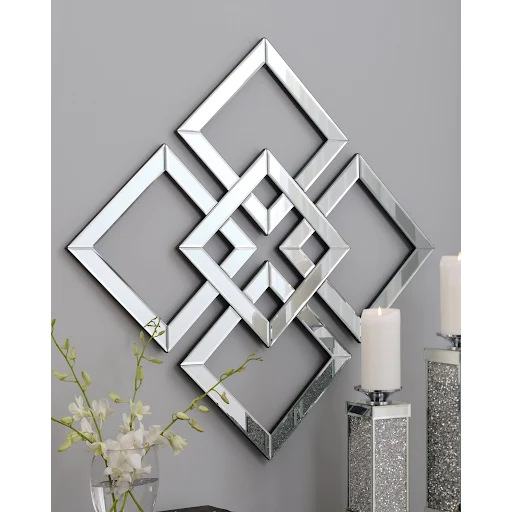
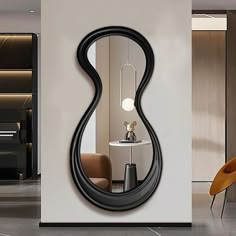
Reflective Style: Mirrors That Add Space and Charm
“Reflective Style: Mirrors That Add Space and Charm” showcases how decorative mirrors can elevate both light and luxury in any room. By placing a large, framed mirror above a console table or mantel, you create a captivating focal point while visually doubling the room’s depth and brightness. Opting for a grid of antiqued mirror panels lends vintage glamour and softens harsh reflections, transforming ordinary walls into dynamic, light-bouncing installations. Slim-framed or frameless designs work beautifully in modern interiors, seamlessly blending with décor and amplifying natural light in tight spaces. For an extra touch of charm, incorporate mirrors with decorative silhouettes—like sunburst or arched shapes—to inject personality while still enhancing the illusion of space.
Mirror Placement Tricks That Instantly Open Up a Room
Strategic mirror placement can instantly open up spaces by amplifying natural light, creating depth, and extending sightlines. Placing a large mirror opposite a window doubles incoming daylight and frames outdoor views, making the room feel brighter and connected to nature. Hanging mirrors adjacent to lamps or wall sconces multiplies both natural and artificial illumination, softening shadows and creating an even glow without extra fixtures . Leaning a full-length, narrow mirror against a wall draws the eye upward, accentuating ceiling height and fostering an airy atmosphere. Aligning mirrors on opposing walls produces an “infinite corridor” effect, dramatically enhancing the sense of space in hallways and small rooms. Finally, choosing slim-framed or frameless designs in neutral metallic finishes ensures mirrors integrate seamlessly into any décor while maximizing reflective impact without visual bulk.
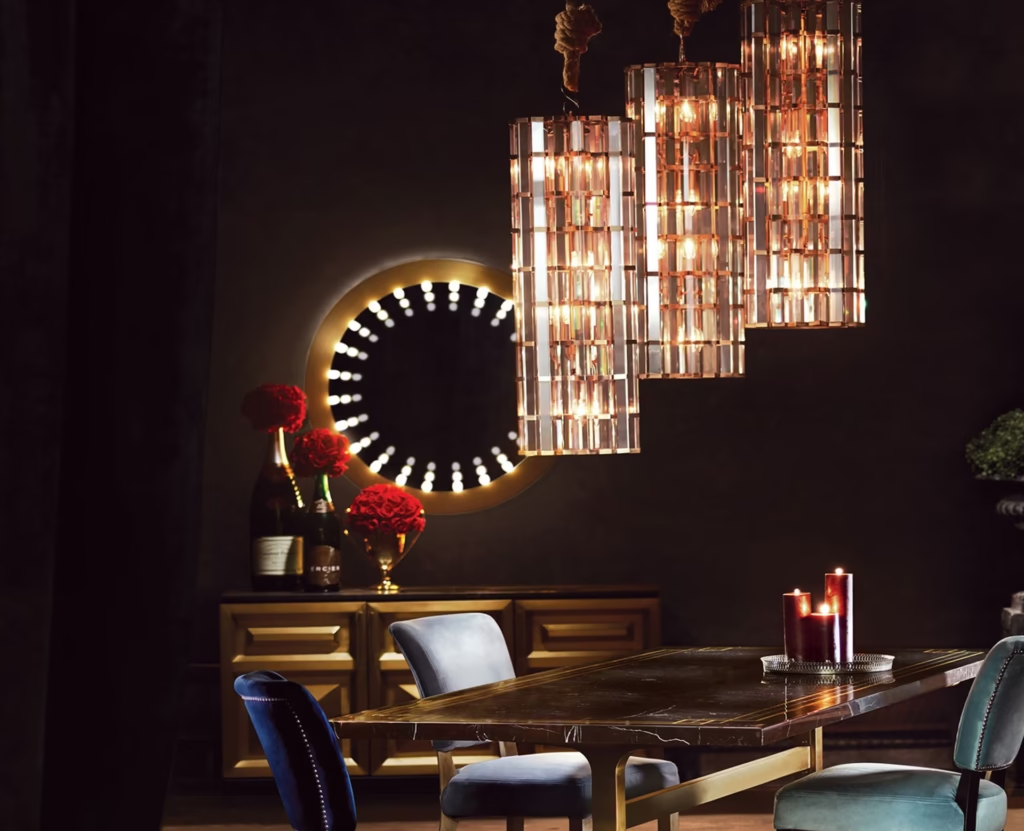
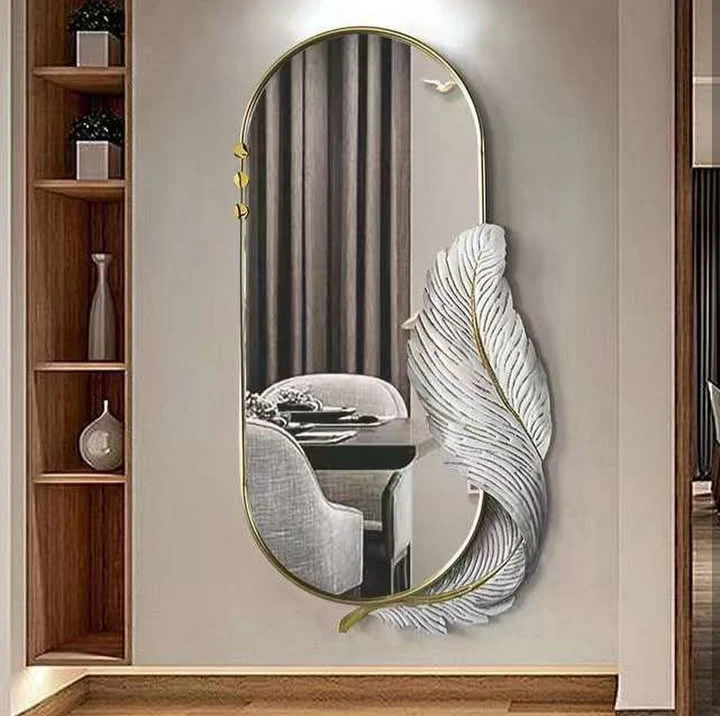
Small Room Solutions: Decorating with Mirrors for Visual Impact
Interior designers recommend using a mix of wall-mounted and free-standing mirrors to visually expand compact spaces and reflect natural light from windows into darker corners. A gallery-style arrangement of small, varied-shaped mirrors can break up monotonous walls and simulate expansive vistas beyond the room’s boundaries. Leaning a tall, narrow mirror in a corner draws eyes upward, accentuating ceiling height and creating an airy atmosphere. Custom-cut mirrors above furniture or behind doors maximize reflective surface without sacrificing floor or wall space, adding both function and style. Finally, incorporating mirrored furniture and slim-framed pieces in neutral or metallic finishes ensures continuity in décor while enhancing the illusion of spaciousness
The Illusion of Space: Decorating with Mirrors Like a Pro
Professional decorators agree that the key to creating “The Illusion of Space” lies in selecting the right mirror size and shape to suit your room’s proportions—oversized rectangular mirrors stretch sightlines horizontally, while tall, narrow mirrors emphasize height and ceiling space. They often recommend placing a mirror directly opposite or adjacent to a window to double natural light and frame outdoor views, making interiors feel connected to the outdoors . Hanging mirrors beside lamps or sconces multiplies both natural and artificial light, softening shadows and creating an even, inviting glow throughout the room. For a dramatic effect, align two mirrors on opposing walls to produce an “infinite corridor” illusion, which visually stretches narrow spaces into boundless vistas. Designers also lean full-length mirrors in corners to draw eyes along two walls simultaneously, accentuating depth and architectural details Incorporating mirrored furniture—such as console tables or cabinet doors—reflects light at lower levels and frees up wall space for art or shelving, blending function with optical expansion.


No Responses